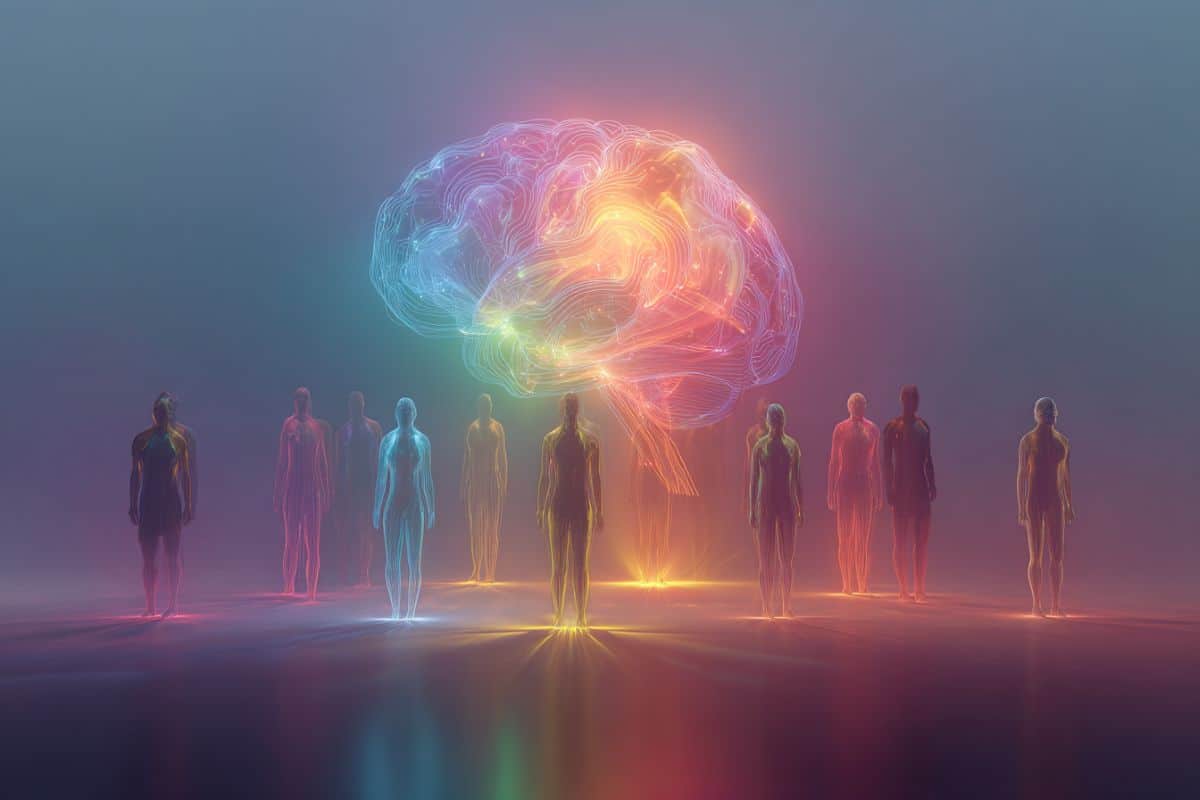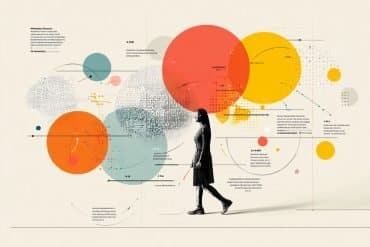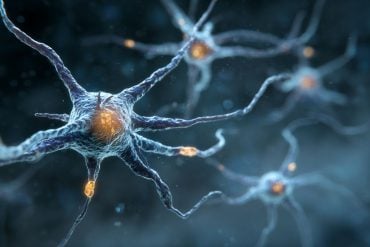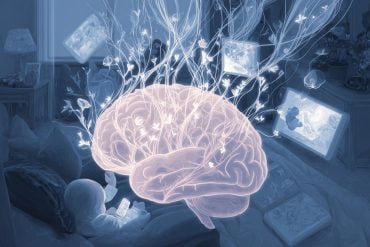Summary: Human brains share common patterns of activity when perceiving colors, suggesting universal neural coding of color. Researchers compared brain responses from one group of participants to predict what colors another group was viewing, finding high accuracy in decoding both color and brightness.
This marks the first demonstration that color decoding is possible using neural data from different people rather than only from the same individual. The findings highlight that while subjective experiences may differ, the brain processes underlying color perception are remarkably consistent across individuals.
Key Facts
- Shared Neural Codes: Distinct patterns of brain activity represent colors, conserved across people.
- Cross-Brain Decoding: Color perception could be predicted in new participants using others’ brain activity data.
- Universal Processing: Supports the idea of consistent, population-wide mechanisms for color perception.
Source: SfN
Do colors trigger unique brain responses? And do different people have the same brain responses to colors?
In a new Journal of Neuroscience paper, Michael Bannert and Andreas Bartels, from the University of Tübingen, explored color representation in the human brain to address these questions.

The researchers measured color-induced brain responses from one set of participants. Next, they predicted what colors other participants were observing by comparing each individual’s brain activity to color-induced responses of the first set of observers.
Bannert and Bartels found that they could predict the color and brightness of the stimuli observers were viewing by using brain activity comparisons alone.
This study points to distinct neural representations of color that people share.
While other researchers have decoded what color a person was seeing using color responses previously recorded from the same person, this work shows that color decoding is possible even when using color responses from other brains.
“We can’t say that one person’s red looks the same as another person’s red. But to see that some sensory aspects of a subjective experience are conserved across people’s brains is new,” says Bannert.
About this neuroscience and color perception research news
Author: SfN Media
Source: SfN
Contact: SfN Media – SfN
Image: The image is credited to Neuroscience News
Original Research: The findings will appear in Journal of Neuroscience







